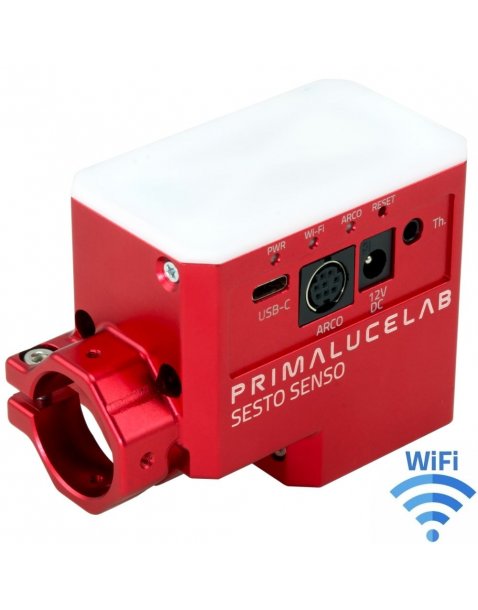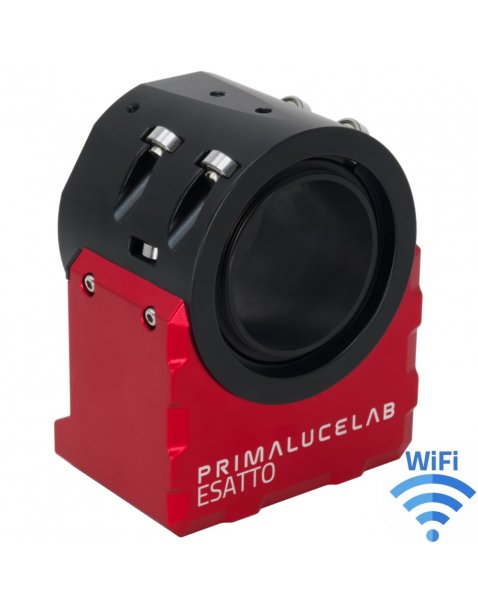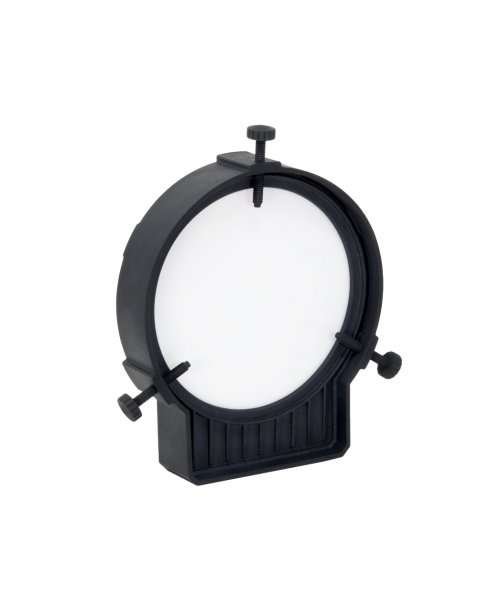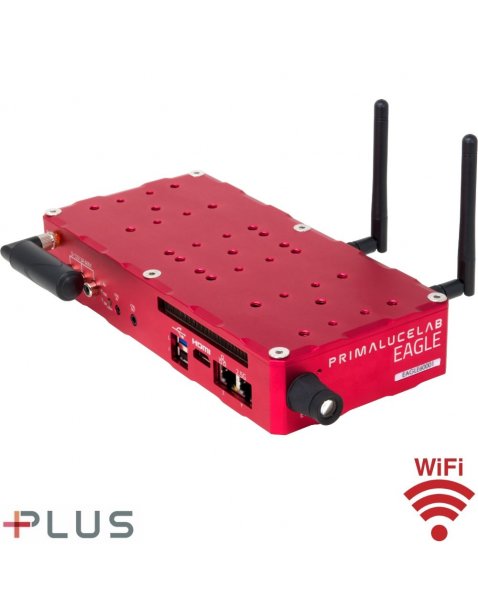We do not ship PrimaLuceLab products to USA, you can order to one of our USA dealers.
$269.00
$299.00
8 Reviews
SESTO SENSO 2 - The highly accurate, advanced, vibration free, robotic focusing motor for your telescope! Connect it to the USB port of your EAGLE or Windows® computer to electronically control focus while still allowing you to manually move your focuser by hand if needed. If you don’t want to focus using a computer, you can connect wirelessly from any...
$675.00
We do not ship PrimaLuceLab products to USA, you can order to one of our USA dealers.
2 Reviews
ESATTO is the new generation robotic focuser that includes motor and advanced electronics and you control with EAGLE or any Windows computer by connecting it to a USB port, or via WiFi by using the Virtual HandPad on your smartphone or tablet! The 2” version of the ESATTO 2" has 50.9mm free aperture, 15mm of draw tube travel, 5kg load capacity and...
Be the first to review this product
PLAY is the astrophotography software that allows you to record beautiful pictures of the night sky in the simplest way, with the telescope, mount and camera you prefer! Connect all your telescope devices to PLAY and start your exploration of the Universe: check the Planetarium sky chart to find astrophotography targets, visualise your field of view, and...
$275.00
Be the first to review this product
GIOTTO 120 is the Smart Flat Field Generator we designed to help you capture flat calibration frames for telescopes with aperture up to 120mm. GIOTTO uses many LED lights at a color temperature similar to the Sun, a specially designed light diffuser and, thanks to the included thumbscrews, you can easily lock it in front of telescopes with external tube...
$1,295.00
Be the first to review this product
EAGLE6 is the most advanced all-in-one computer for telescopes and astrophotography, combining powerful new features to simplify remote control and power management while allowing you to use astronomy devices and Windows softwares of your choice. Housed in the innovative PLUS aluminum body designed for easy telescope installation and cable management,...












